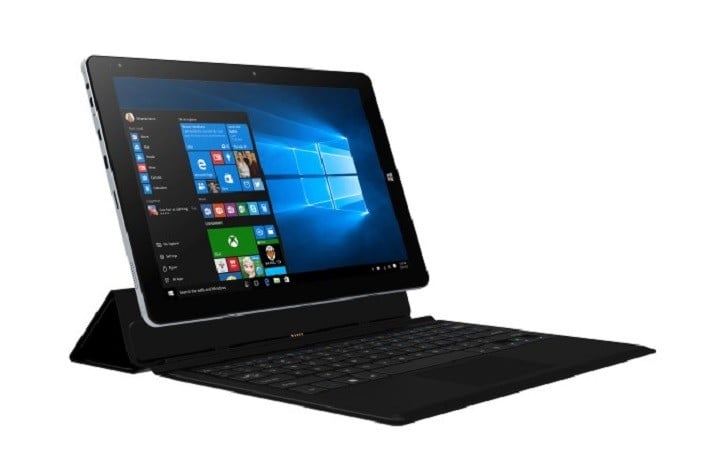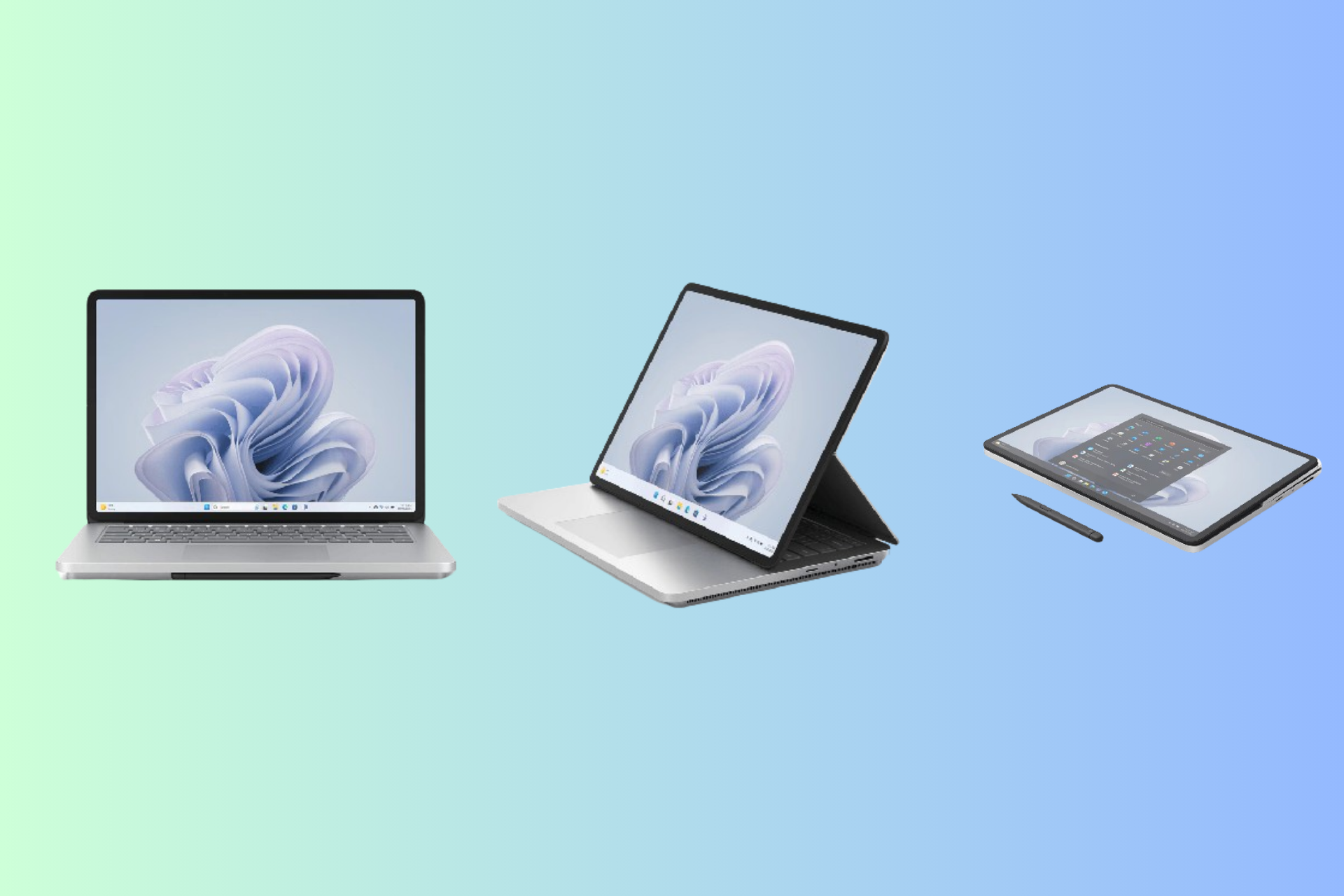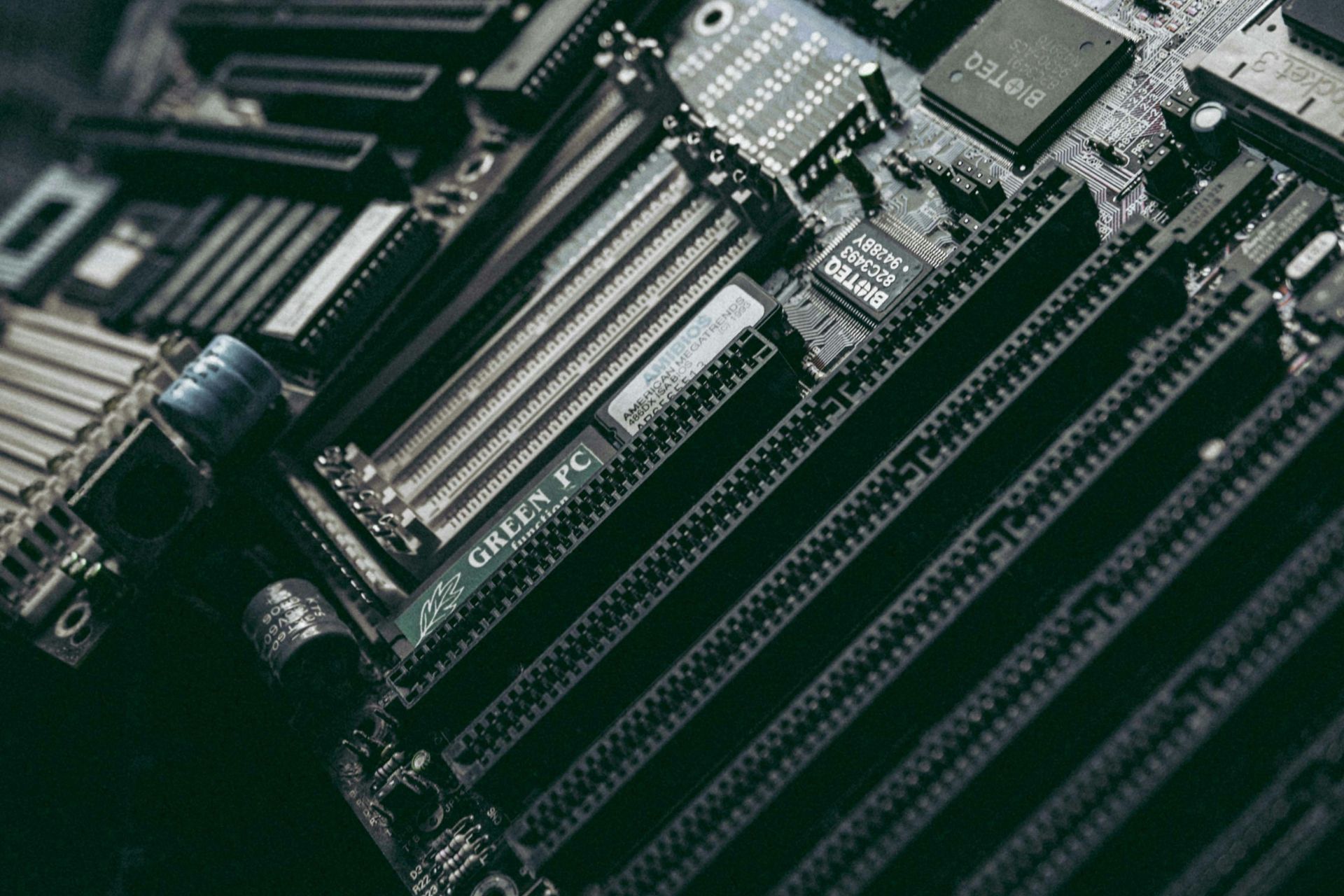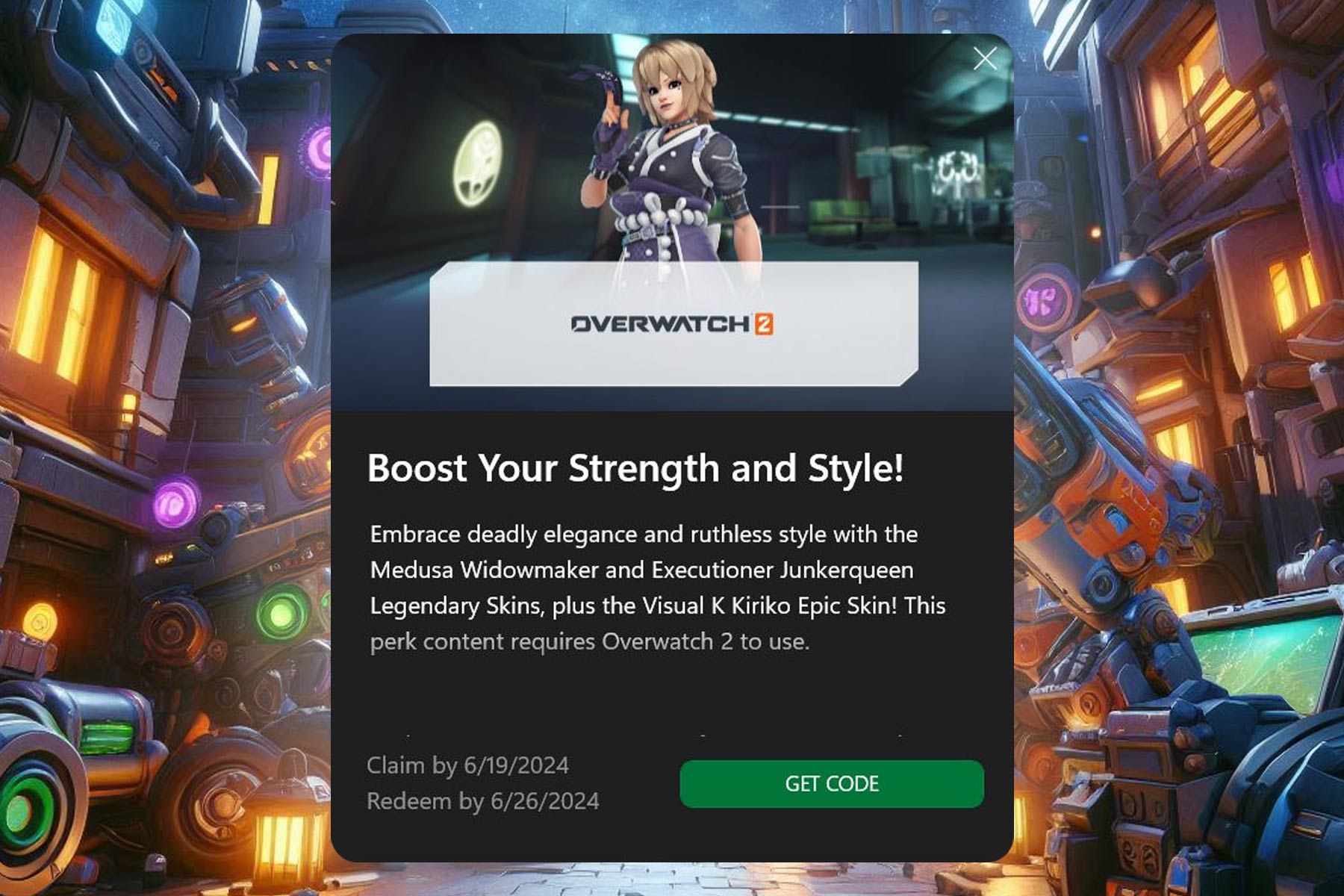This new cheap tablet dual-boots Windows 10 and Android-based Remix OS
2 min. read
Published on
Read our disclosure page to find out how can you help Windows Report sustain the editorial team Read more

If you’re looking for a solid tablet at a reasonable price, we have a suggestion for you: the new Chuwi Vi10 Plus Windows 10 dual-boot tablet. This impressive tablet comes in two configurations: one with the Android-based Remix OS, and a second configuration that dual-boots Remix OS and Windows 10.
Chuwi Vi10 Plus is powered by an Intel Atom Cherry Trail X5 processor with 8th Gen Intel HD Graphics. The 10.8-inch display offers a 1920x1280px resolution, while the 2MP frontal and the rear cameras can take satisfactory photos.
This tablet is equipped with one USB 3 Type-C port and supports 5V/3A quick charging, a very useful feature when you’re on the go.
Other features include:
- 8400mAh Li-polymer battery
- Detachable magnetic docking keyboard (sold separately)
- Chuwi HiPen H2 stylus (sold separately)
- Dimensions: 276.4 x 184.8 x 8.8mm / 10.9 x 7.3 x 0.4-inches
- Weight: 686.5g / 1.5 lbs
- Picture format: BMP,GIF,JPEG,JPG,PNG
- Music format: 3GP,AAC,MA4,MP3,OGG,WAV,WMA
- Video format: 3GP,AVI,MJPEG,MP4,WMA
- E-book format: PDF,TXT
- Pre-installed Language: Supports multi-language
- The storage capacity can be extended by up to 128GB.
- The 2GB/ 4GB of RAM should be enough to smoothly run your games, photos, and other applications, as well as multiple programs and browser tabs all at the same time.
The Vi10 Plus is available in two models:
- Version 1: 2GB RAM/32GB ROM, pre-installed the Remix OS 2.0 operating system.
- Version 2: 4GB RAM/64GB ROM, pre-installed the Windows 10/Remix OS 2.0 operating system.
The Remix OS 2.0 version of the Vi10 Plus tablet is available for $143.77 from GearBest, while the dual-boot version with Windows 10 costs $239,but is currently unavailable although it has officially been launched.
RELATED STORIES YOU NEED TO CHECK OUT:








